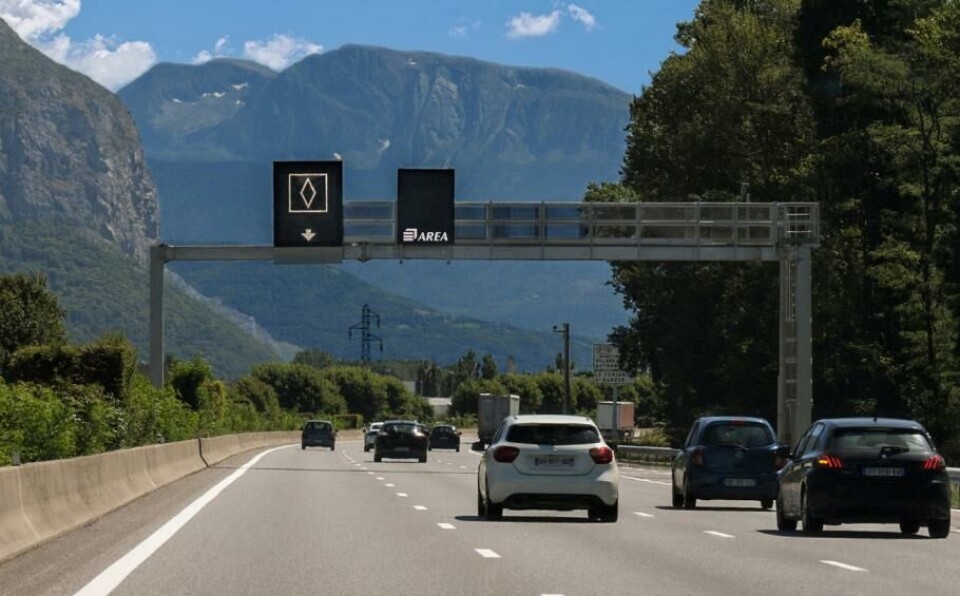-
Yellow lights for pedestrians in many cities in France - what do they mean?
The lights are being trialled in six major cities until 2027
-
Exemption from fees to register electric car to end across most of France from May
Applying for a carte grise will soon become more expensive
-
Drivers in France reminded of this little-known, strict car wash rule to avoid large fines
Environmental regulations impose a €450 fine – even outside drought periods
Radars to catch drivers wrongly using car share lane on rise in France
The cameras work by thermal imaging of body-heat to identify how many people are in the vehicle and can lead to a €135 fine

A new thermal imaging camera to identify vehicles unlawfully using car sharing, or covoiturage, lanes is being rolled out progressively in France.
These cameras look for the thermal signature generated by body-heat to check how many people are in a vehicle so as to ensure that car sharing lanes are being used correctly.
Motorists found to be committing an infraction can be hit with a fine of €135, or €90 if paid immediately.
These pale blue cameras with a diamond symbol on them, were first introduced in 2020 on the A48, near Grenoble and on the M6 and M7 near Lyon. Following this initial trial period, use of the cameras is being extended to Paris, Nantes, Annecy and to the A1 and A6 this year.
The €135 fine is not automatic however. Car share lane cameras simply ‘name and shame’ vehicles via a panel indicating the vehicle registration. The police can then use this information at their discretion to issue a fine. It should be noted that some vehicles, such as taxis, can use car sharing lanes even if they have no passengers on board, which means that police must visually check the camera’s images before issuing a fine.
Car sharing lanes
Car sharing or High Occupancy Vehicle lanes were first introduced in France in 2015 and are now being identified by a new ‘diamond’ road sign.
Read more: This road sign is popping up more and more in France
The sign is usually found on the lane furthest to the left, so to avoid interfering with cars joining or leaving a motorway. In some cases, it only applies during certain hours.
The aim is to reduce carbon emissions by having more passengers in each vehicle.
Their use of such car sharing lanes was extended in 2020 following the recommendations of the Convention Citoyenne pour le Climat, as part of a wider push to lower emissions. These lanes are reserved for:
· Vehicles with at least two occupants (a couple, a parent and child, two co-workers, two people car sharing)
· Vehicles with very low emissions with a Crit’Air sticker, showing the vehicle is 100% electric or runs 100% on hydrogen, regardless of the number of occupants
· Taxis, even without passengers
· Motorbikes, as long as there are two people onboard.
The introduction of car sharing lanes has been a success in France. According to the Observatoire national du covoiturage au quotidien, more than a million carshare trips were taken in March 2023, 3.5 times as many as in the March 2022.
There are financial incentives to car share.
Read more: How to get a €200 payout from the French government for car sharing
Related articles:
France opens first 'carpool' lane near Grenoble
Tips on how to save money on France’s toll motorways
























